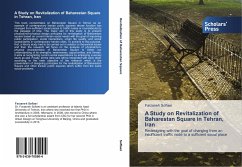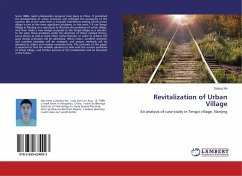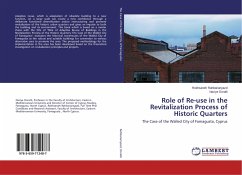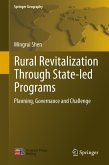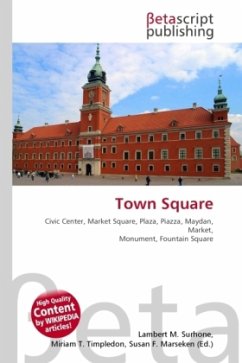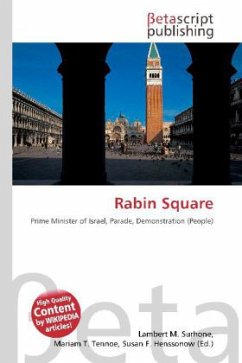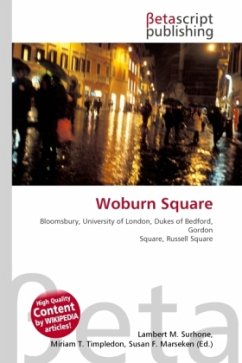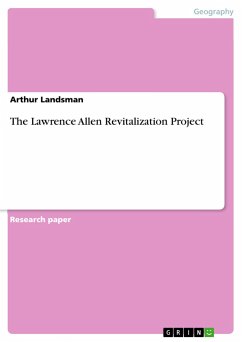This book concentrates on Baharestan Square in Tehran as an example of contemporary Iranian public squares whose function has changed from sufficient social places to traffic nodes or roundabouts by the passage of time. The major aim of this study is to present physical/non-physical design principles for revitalization of Baharestan square based on current Iranian social needs with the goal of improving public participation, social interactions, urban life quality, and social sustainability in contemporary Iranian cities. To achieve to this purpose, first, a library study had to be carried out in relation to theoretical issues and then the research will focus on the analysis of physical/non-physical characteristics of Baharestan Square to better our understanding of its strengths, weaknesses, opportunities, and threats. It aims at recognizing current social expectations by employing a survey study as well. Finally, all the data sets will be integrated with each other according tothe main objective of the research which is the presentation of designing principles for the revitalization of Baharestan Square and other Iranian public squares which suffer from the same social problems.
Bitte wählen Sie Ihr Anliegen aus.
Rechnungen
Retourenschein anfordern
Bestellstatus
Storno

